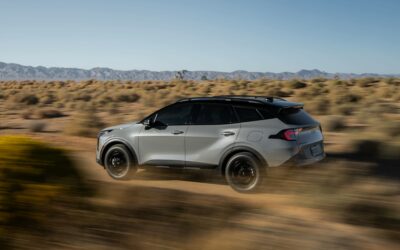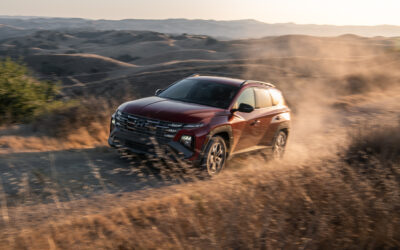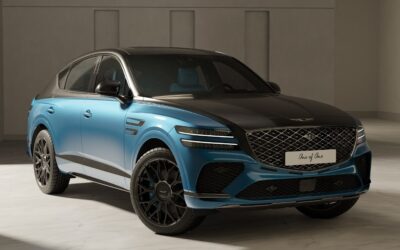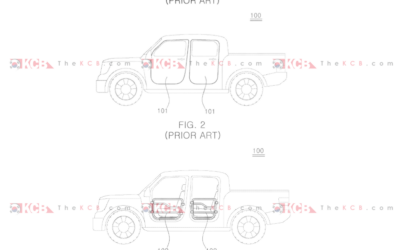In order to mitigate the impact of rising U.S. tariffs and enhance supply chain efficiency, Hyundai announced plans to shift Tucson production from the Kia plant in Mexico to its Alabama manufacturing facility (Hyundai Motor Manufacturing Alabama, or HMMA).
As part of its broader tariff response strategy, Hyundai is realigning its production and sales bases to optimize operations across North America. According to company officials, U.S.-bound Tucson units currently produced in Mexico will now be assembled at the HMMA facility. In exchange, Tucson models intended for the Canadian market, which are currently built in Alabama, will be produced in Mexico moving forward.
Lee Seung-jo, head of Hyundai Motor’s planning and finance division emphasized the importance of this shift, stating, “We are trying to turn the U.S. sales Tucson produced at the Kia Mexican plant to the U.S. Alabama plant (HMMA) and pass the Canadian sales volume produced by HMMA to Mexico. I’m reviewing.”
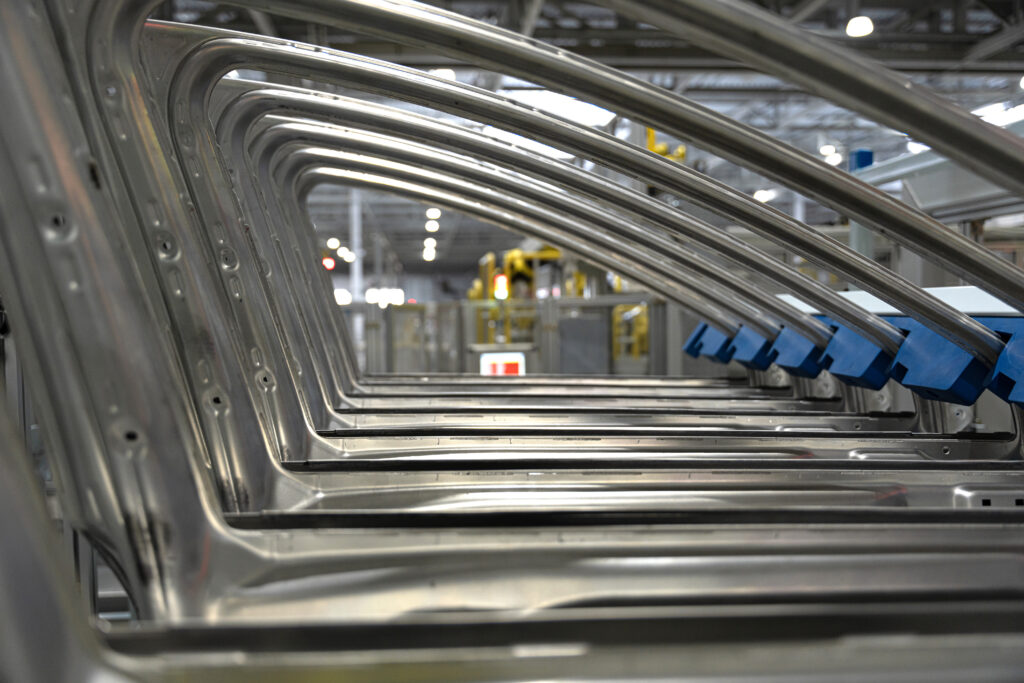
Tucson Production Shift: A Proactive Response to Tariffs
Earlier this month, Hyundai launched a U.S. Tariff Response Task Force Team (TFT) to build a robust strategy aimed at minimizing the financial impact of potential automotive and parts tariffs. The TFT will focus on mid-to-long-term localization initiatives, including domestic parts sourcing and improved logistics across the United States. This approach is expected to enhance operational efficiency at both HMMA and the newly developed Hyundai Motor Group Meta Plant America (HMGMA).
In the short term, Hyundai is implementing an emergency response plan that includes reassessing its current investment strategy and optimizing its budget. President Lee added, “The current budget will promote unnecessary budget reductions by minimizing the cost of practicality and reducing the cost of low marketing effects within the scope of core business operations.”
Outlook and Financial Performance
While the exact financial implications of the tariff-related adjustments remain uncertain, Hyundai is actively working with partners to mitigate risks and find favorable outcomes across its operations.
Despite these challenges, Hyundai delivered a strong financial performance in Q1 2025. The company reported an operating profit of KRW 3.63 trillion, a 2.1% year-over-year increase, with revenue climbing 9.2% to a record KRW 44.41 trillion. The operating margin held steady at 8.2%, showcasing Hyundai’s resilience in the face of global economic shifts.
Conclusion
Hyundai’s decision to shift Tucson production to its Alabama plant underscores the automaker’s commitment to U.S. manufacturing and its strategic approach to navigating trade complexities. As Hyundai continues to localize operations and streamline its supply chain, it positions itself for long-term success in the North American market.


